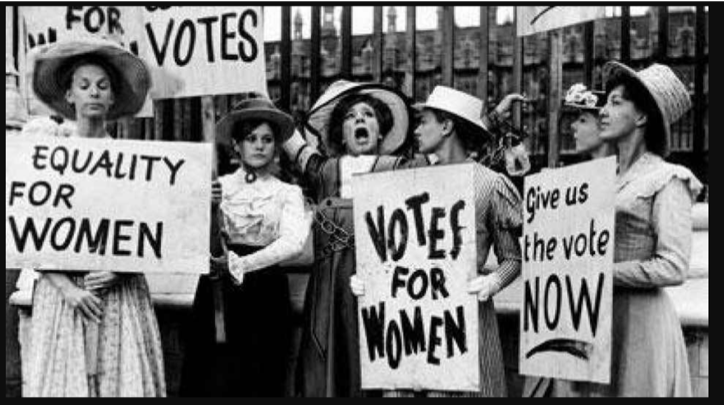Much like the era we face today, the 1920s started as a maelstrom that had begun in the previous decade. The aftermath of the first world war transformed what was thought possible of humanity, and left the people still living shaken. Then, when the world tried to catch its breath, it was hit by another harmful blow, one of the most severe pandemics ever recorded in history. The 1918 pandemic, also referred to as the Spanish flu, was caused by an influenza virus of the H1H1 variety. Total death tolls were estimated to be around 50 million people worldwide and about 675,000 Americans. Thankfully, modern medical technology and the newly emerging vaccines mean that the number of COVID-19 deaths may not reach that height. Still, it is easy to imagine that people living in the early 1920s felt the same uncertainty as many of us feel today.
As the nineteen twenties continued, however, the world started to look up. In late 1919, an amendment was passed that allowed women the right to vote. This was the outcome of the woman’s suffrage movement, a long-running movement that pushed for gender equality. Last August marked the 100th anniversary of the official ratification of the nineteenth amendment. While many people are still fighting for gender equality today, the 1920s marked a pivotal point in woman’s history.
The 1920s also brought significant advancements in music. One of the most popular genres in the 20s was Jazz. Early Jazz primarily stemmed from musicians in New Orleans, who used techniques that incorporated traditional African styles, blues, and brass. However, because most early jazz performers were African American, the majority of them were banned from performing in bars and clubs. Some white Americans even called jazz “Devil’s Music.” As the prohibition started in 1920, many jazz musicians began playing in underground gigs, where both Black and white Americans went to consume alcohol illegally. These new audiences caused Jazz to spread exponentially. It was a constant struggle for Black artists to be heard, as most radio stations were prejudiced and favored white artists.
Racial inequality is still very much prevalent in today’s society. Last May, George Floyd, a 46-year-old Black man, was brutally murdered under a white police officer’s knee. This event was a spark that led to growth in the Black Lives Matter movement. Thousands of people protested in the streets all around the country. Although the fight is still not over, jazz music in the 1920s was an important milestone in America’s history.
Overall, many parallels can be drawn between the 1920s and the 2020s. Whatever is to come in the next decade, if it is anything like what the 20s were, we can expect significant change. Although the 1920s got off to a rocky start, the advancements that society made are truly astonishing. If we have learned anything from this era, the 2020s are sure to be just as grand.

